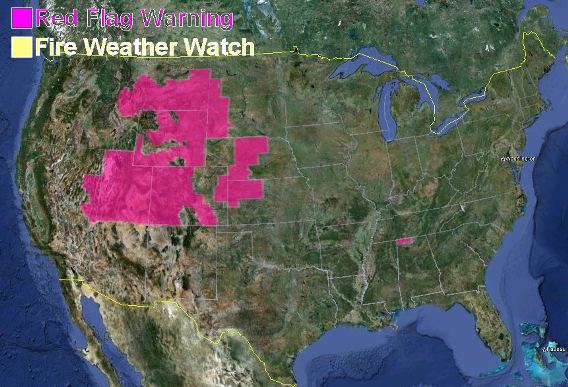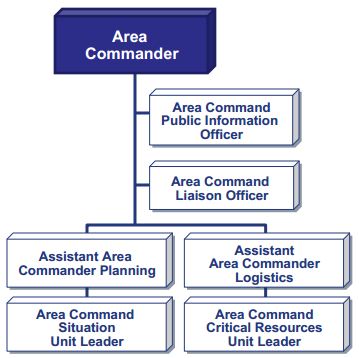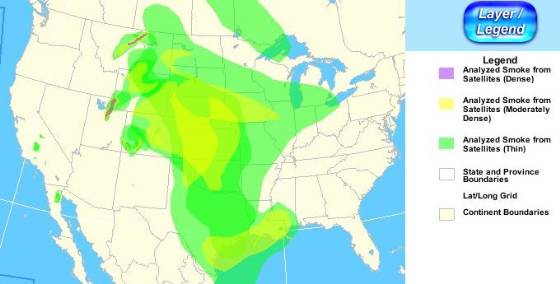 Dr. Gabbert’s prescription for keeping new fires from becoming megafires:
Dr. Gabbert’s prescription for keeping new fires from becoming megafires:
Rapid initial attack with overwhelming force using both ground and air resources, arriving within the first 10 to 30 minutes when possible.
I am not a doctor, but some of us remember when this was standard operating procedure, at least in the federal government. CAL FIRE still understands and practices this strategy.
One of our loyal readers sent us some information about a June 19 fire on the El Dorado National Forest in California. A cooperator, CAL FIRE, helped the U.S. Forest Service by sending three S-2 air tankers, arriving at the fire 16, 19, and 30 minutes after the first smoke report. The U.S. Forest Service dispatched one helicopter and some ground forces to their fire.
It was contained within the first hour.
On the day of the fire the USFS had somewhere between zero and two large air tankers in the state of California.
Fires like this, success stories, don’t make the news. But they do when they burn 44,330 acres and 254 structures and cost taxpayers $17.9 million to suppress.
Until 2002 the U.S. Forest Service also subscribed to this initial-attack-with-overwhelming-force strategy, which works when you’re fighting wars and fires. Now that the federal firefighting budgets have been reduced and the air tanker fleet has withered away from 44 to 9 exclusive use large air tankers for the entire country, they have abandoned that policy.









